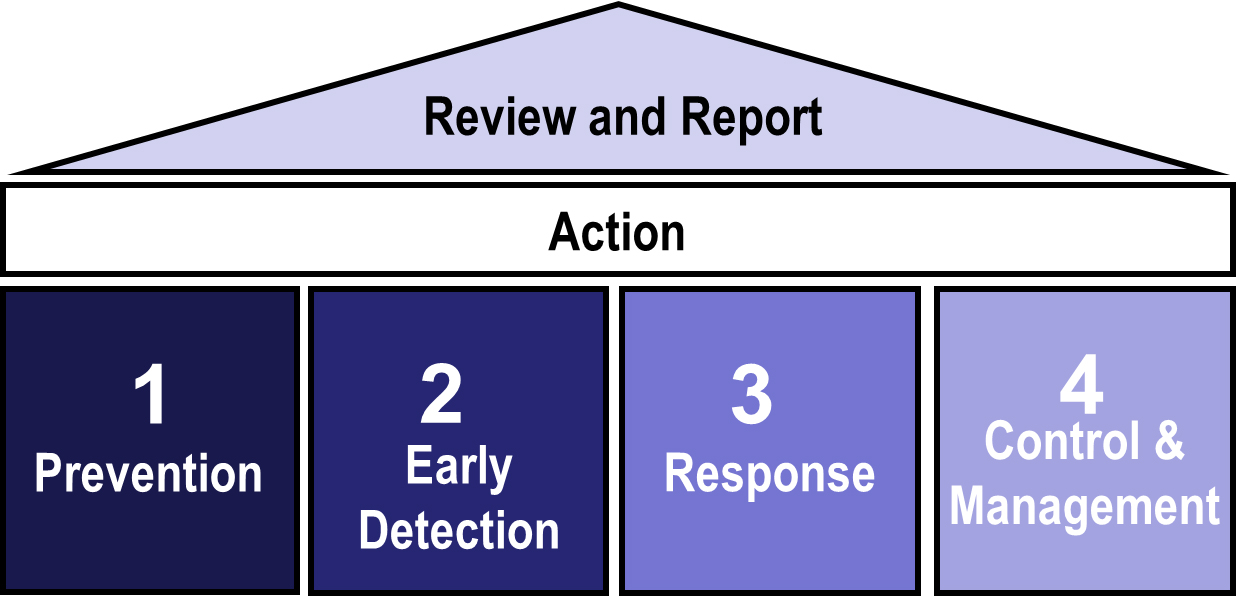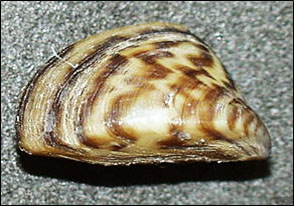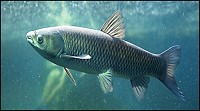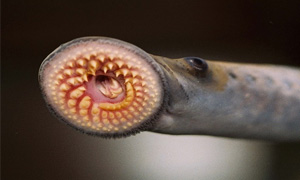About aquatic invasive species
Learn what an aquatic invasive species is, the problems they cause in Canada, how they can be managed and how Canada is responding.
On this page
- Aquatic invasive species
- Spread and distribution
- Risks and impacts
- Management
- Canada's actions
- Regional information
- Related links
Aquatic invasive species
Aquatic invasive species are freshwater or marine plants, animals, algae and micro-organisms introduced outside their natural or past distribution. They have significant negative impacts on the environment, economy, society and human health.
Once introduced, aquatic invasive species populations can grow quickly because they don’t have natural predators in their new environment. As a result, they can outcompete and harm native species. They can even alter habitats to make them inhospitable for the native species. This is especially concerning for species at risk.
There are other aquatic species such as viruses, bacteria, parasites and other micro-organisms that can have equally devastating impacts in the aquatic environment.
Spread and distribution
Many aquatic invasive species are already established in Canada, including:
- European Green Crab
- Vase Tunicate
- Zebra and Quagga mussels
Others threaten invading, like the Asian carps.
Others are not native in some parts of Canada but invasive in others, such as the:
- Sea Lamprey
- Smallmouth Bass
In addition to those currently identified, new aquatic invasive species are continually arriving at our borders by air, water or land. Increased trade volumes and reduced shipping times have contributed to increased levels of pest introductions throughout the world. Mail order and Internet sales have also increased the risk of these introductions.
Aquatic invasive species also include those native to parts of Canada that have been introduced into areas outside their historical range. This introduction can be:
- intentional
- for example, by introducing species for recreational fishing
- unintentional
- for example, when species attach to boats and move from invaded to uninvaded areas
The changing climate can open up new habitat to species adapted to warmer water temperatures.
Risks and impacts
After habitat loss, invasive species are the second biggest threat to diversity in our planet's ecosystems. Aquatic invasive species impact our aquatic resources by:
- reducing biodiversity and habitat quality
- outcompeting and endangering native species
- costing a lot of money to aquatic industries
- harming recreational activity
Many of Canada's major aquatic ecosystems are vulnerable to invasion. For instance, species such as the Zebra Mussel and Sea Lamprey have permanently altered the Great Lakes ecosystem.
Reduces natural biodiversity and populations
Aquatic invasive species reduce the natural biodiversity and populations of native species, including species at risk, through:
- preying on other species
- competition for food or space
- living on or in another organism (parasitism)
- degradation or destruction of ecosystems and fish habitat (for example, through eroding or destroying vegetation)
Costs to Canada's aquatic industries
Aquatic invasive species cause major economic costs by:
- blocking water lines (like zebra and quagga mussels) to:
- dams
- power stations
- wastewater treatment plants
- drinking water production facilities
- requiring cleaning and increasing operational costs after fouling aquaculture operations, including:
- shellfish
- structures
- equipment
- requiring costly implementation of control, monitoring and eradication measures
- decreasing revenue to business enterprises, such as tourism, fisheries and aquaculture
Harms recreational activities
Aquatic invasive species harm recreational activities like fishing, swimming, boating and tourism by:
- damaging infrastructure
- making water unsuitable for swimming and other activities
- pushing out native species from recreational fishing areas
Management
The steps of managing aquatic invasive species (4 pillars of management) include:
- preventing the problem by making every effort prior to the arrival of the aquatic invasive species
- early detection to identify the moment when an aquatic invasive species is introduced and eradicate it before a population can become established
- responding by using all means to eradicate an established population from a habitat and restore the habitat to its pre-invasion state
- control and management to minimize the impact of an aquatic invasive species population that can no longer be eradicated

The 4 pillars of management, prevention, early detection, response, and control and management all lead to action and improvement.
Canada's actions
The federal, provincial and territorial governments have formed the National Aquatic Invasive Species Committee to:
- support a coordinated approach based on the 4 action pillars
- help with information sharing
- coordinate the implementation of the Aquatic Invasive Species Regulations
- implement strategies and actions plans, such as the Canadian Action Plan to Address the Threat of Aquatic Invasive Species
For more information about the management of invasive aquatic species by province or territory, visit the following links:
- British Columbia
- Alberta
- Saskatchewan
- Manitoba
- Ontario
- Quebec (in French only)
- New Brunswick
- Prince Edward Island
- Nova Scotia
- Newfoundland and Labrador
- Yukon
- Northwest Territories
- Nunavut (PDF)
The federal government is represented by the many departments that have a role to play in the management of aquatic invasive species, including:
- Fisheries and Oceans Canada
- Parks Canada
- Environment and Climate Change Canada
- Transport Canada
- Canada Border Services Agency
- Health Canada
Regional information
Contact your province or territory to report a freshwater aquatic invasive species.
Related links
- Identify an aquatic invasive species
- 2019 Spring Reports of the Commissioner of the Environment and Sustainable Development to the Parliament of Canada: Report 1 – Aquatic Invasive Species
- 2008 March Status Report of the Commissioner of the Environment and Sustainable Development
- Global Invasive Species Database: 100 worst invasive species
- Aquatic Invasive Species Regulations
- Date modified:





